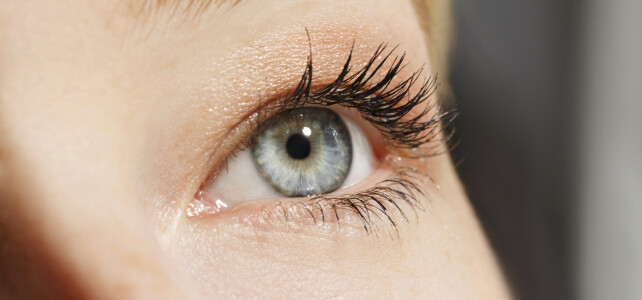Telephone 01603 871738
The eyes are very sensitive organs and can easily become irritated.
The eye is well protected from damage by the surrounding bone and by the speed with which the eyelashes and eyelids close. However, when danger threatens irritants and foreign bodies can still infiltrate the eye and cause a range of problems.
Most people will experience some eye trouble at one time or another. Fortunately many of these can be easily treated.
Conjunctivitis
The conjunctiva is the transparent membrane that covers the white of the eye and the inner surfaces of the eyelids. When this membrane becomes inflamed, it is called conjunctivitis.
The affected eye appears red or pink (bloodshot) and may feel gritty. It may run with water and a discharge. The discharge tends to accumulate on the lashes and in the corner of the eye causing them to stick together. If you have conjunctivitis, you may find it hard to open your eyes in the mornings.
Conjunctivitis tends to be either allergic or infectious in nature. Infected conjunctivitis tends to start in one eye first and then progress to the other eye whereas allergic conjunctivitis normally starts in both eyes at the same time.
Allergic conjunctivitis can occur as a result of exposure to irritants such as chemicals, dust, pets, or irritation from mascara and eyeliner. Where this is the case, avoiding the irritant is the best solution.
An allergy to pollen found in grass, trees and weeds could also cause conjunctivitis (seasonal allergic conjunctivitis).
Symptoms include red, itchy eyes accompanied with a clear discharge. Sodium cromoglycate eye drops which are available from your local community pharmacy can help.
Dry eyes
The eye depends on a flow of tears to provide constant moisture and lubrication to maintain healthy vision and comfort. Tears are normally a combination of water (for moisture), oils (for lubrication), mucus (for even spreading) and antibodies and special proteins (for fighting infection). Glands located around the eye secrete these components. Dry eye occurs when there is an imbalance of one of these components in the tear system.
Dry eye causes a gritty, hot discomfort in the eyes and a desire to blink excessively; there may be blurred vision.
Dry eyes become more common as we get older and are a particular problem in people over the age of fifty. Excessive air conditioning, infrequent blinking, driving and some medications prescribed by the GP can contribute to dry eyes.
Recommended treatments include the use of artificial tears such as hypromellose, which are available from your local community pharmacy.
Styes
A stye develops when a gland at the edge of the eyelid becomes infected. They often resemble a pimple on the eyelid and can grow on the inside or outside of the lid. Styes are caused by bacteria known as staphylococcal bacteria, they can occur at any age and although they may be uncomfortable they don’t tend to be harmful.
A stye can be painful and red with some swelling and often a pimple with a head can develop. You should never ‘burst’ a pimple in your eye as this can cause further infection.
The affected eye may water and an irritation can occur such as a feeling like something is in the eye or the eye can experience increased light sensitivity.
Most styes heal within a few days on their own but there are treatments available, which may help ease irritation, ask your pharmacist for advice.
Cataracts
If you recognise any of the following symptoms please contact your GP.
A cataract is a gradual clouding or whitening of the lens of the eye.
Most cataracts are a natural part of the ageing process.
Some cataracts can be caused by injury to the eye. It is believed that undue exposure to sunlight can also cause cataracts but this is not certain.
The main symptoms of cataracts are:
- Blurry vision.
- Being dazzled by lights.
- Faded colour vision.
- Difficulty in seeing things.
The only treatment to restore transparency to a lens suffering from a cataract is surgery. This type of operation removes the cloudy interior of the lens and replacing it with an artificial lens.
If you experience prolonged eye irritation you should consult your GP.
Disclaimer
The information provided on this website does not replace medical advice.
If you want to find out more, or are worried about any medical issue or symptoms that you may be experiencing, please contact our pharmacist or see your doctor.

